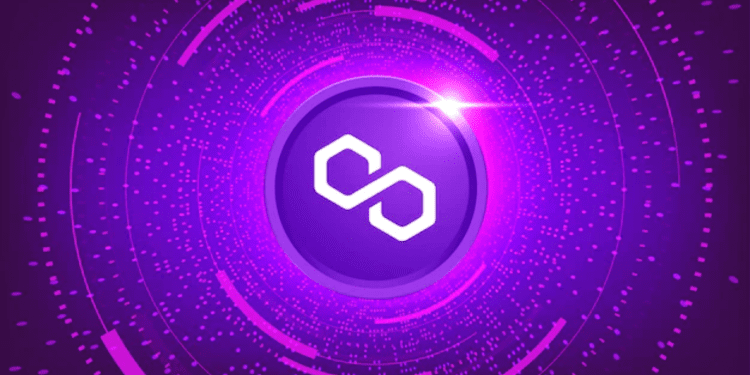- The Polygon marketcap increased by 43% from Q2 to Q3
- Zk-scaling solution funding by the Polygon treasury intensifies
- The Polygon ecosystem grows to include gaming and NFTs
Polygon ($MATIC)
Polygon, a chain-agnostic network of collaborative sidechains, is aspiring to become Ethereum’s ‘Internet of Blockchains.’ The $MATIC token is the ecosystem’s native token and is used for paying gas fees and staking to earn rewards.
Since August 2022, Polygon has climbed five places to reach the tenth spot on the charts by market cap. Therefore in this article, we take a closer look at recent developments within the Polygon ecosystem.
Partnerships and Projects
The Polygon network achieved numerous partnerships with worldwide known brands such as Adobe, Disney, NFL, NuBank, Meta, Reddit, Starbucks, Robinhood, and, most recently, Warner Music, to name a few.
Meta is planning on giving Instagram users a way to share NFTs they have bought or created to monetize their interactions with their community. Starbucks’s NFT loyalty program on Polygon is currently in the Beta phase, and Warner Music, together with Polygon and LGND, is launching a Web3 music platform. These are just three of many partnerships in the works, which are great for the Polygon network and Web3 adoption. According to Messari’s research report, this slew of partnership announcements is what is behind the Q3 rise in market cap.
$MATIC Tokenomics
$MATIC’s current circulating supply is around 8.7 billion, with the maximum capped at 10 billion. The remaining tokens will unlock periodically in the coming 2-3 years, mainly through staking rewards. As per information by Messari, the initial token distribution was as follows:
- Private Sale: 3.80%
- Binance Launchpad Sale (IEO): 19% of the total supply
- Team: 16%
- Advisors: 4%
- Network Operations: 12%
- Foundation: 21.86%
- Ecosystem: 23.33%
Typically, a healthy allocation does not involve any group possessing more than 20% of the supply share, with the treasury and ecosystems being the exception. As seen above, the two most considerable portions are allocated to the Foundation and the ecosystem.
ZK-Technology
The Foundation is a non-profit organization that handles the management of funds, fundraising, and the development of the polygon blockchain. In the past six months, the main focus of the fund allocations went towards ZK-scaling efforts, which shows how focused the Foundation is on winning the Ethereum scaling race.
ZK-rollup technology is the current front-running layer two scaling solution, and in a nutshell, it processes transactions outside of Ethereum and posts the data on the main chain. The Polygon treasury spent $650 million to acquire two ZK-knowledge projects along with their teams and renamed them Polygon zkEVM and Polygon Zero. Additionally, $1 billion were committed, and $450 million were raised to intensify efforts on offering scaling solutions.
Polygon Gaming and NFTs
Polygon Studios is a new branch of the ecosystem focusing on NFTs and gaming, which the previous head of YouTube Gaming, Ryan Wyatt, is now heading. In comparison to last year, activity in this sector is up significantly. Games like Avegotchi, The Sandbox, and Benji Bananas attract a lot of action, and an increase in wallets has also been seen due to prominent NFTs launching on Polygon.
Will Polygon win the race?
Despite the bear conditions, the Polygon team has continued building and reaching new heights. Independent groups are encouraged to experiment with different scaling approaches, and in the coming months, multiple ones are scheduled to go live. Will Polygon succeed? Ultimately, its ability to deliver and perform in this area will determine both the success of the network and its token $MATIC.














